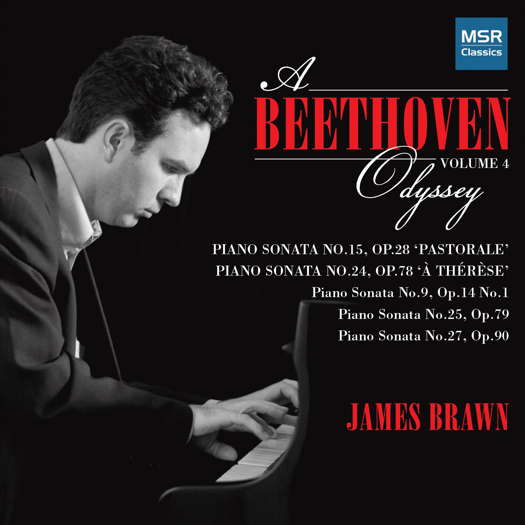 SPONSORED: CD Spotlight. Pure Magic - James Brawn's continued Beethoven Odyssey, awaited by Andrew Schartmann.
SPONSORED: CD Spotlight. Pure Magic - James Brawn's continued Beethoven Odyssey, awaited by Andrew Schartmann.
All sponsored features >>
A Worthy Venture
ADAM J SACKS reports on two Hong Kong Philharmonic Orchestra concerts
A double premiere and an orchestral collaboration with ballet is certainly attention grabbing. The Hong Kong Ballet and Hong Kong Philharmonic have joined forces for the world premiere of The Last Song, and the Asian premiere of Septime Webre's Carmina Burana from 14-16 October 2022, and inside each work is a further collaboration across centuries and creators between Oscar Wilde and Bach, and Carl Orff and Virginia Woolf respectively. Boundary bending between the arts and the genders, Bach's concertos and suites are the backdrop for a reimagined The Nightingale and the Rose, where the story of elusive love and sacrifice is transposed to the dreaming creator and a distinctly male muse.

A scene from Hong Kong Ballet and Hong Kong Philharmonic Orchestra's The Last Song. Photo © 2022 Keith Hiro
The drama of the staging is greatly enhanced by placing the orchestra directly on the stage, as violin and cello duets mirror that of the two principal dancers visually on stage, while a staircase without end in the middle stands in for journeys unattainable.
The Asian premiere of Webre's Carmina Burana creates an even more monumental set with the chorus of singers locked into a multistory scaffold panopticon like cage.

A scene from Hong Kong Ballet and the Hong Kong Philharmonic Orchestra's Asian premiere of Webre's Carmina Burana. Photo © 2022 Tony Luk
This unwittingly reveals a certain totalitarian character to this work of 1930s Nazi Germany which has startlingly become perhaps the most recognizable even popular work of classical music from the twentieth century. Even the central metaphor of a woman as Da Vinci's Vetruvian man, like Woolf's Orlando who doesn't age but transforms throughout epochs seems encaged, à la Hunger Games, while subject to the powerful exhortations of singing monk.

Hong Kong Philharmonic Orchestra website screenshot showing the HK Phil/HK Ballet Carmina Burana production
The follow-up concert a week later, 21-22 October, featuring Korngold's golden age of Hollywood Violin Concerto, balances out music from Nazi Germany with that of a dispossessed exile. Korngold's poignant return to concert music after years writing for the silver screen, mixes an overly lush late Romantic style, mourning this lost music in 1945 along with a world forever eclipsed.

Hong Kong Philharmonic Orchestra website screenshot of An Alpine Symphony in Images
Violinist Alena Baeva's bold fiery red presence provides well balanced elegance with the athleticism of the multiple accelerandos.

Alena Baeva plays Korngold's Violin Concerto with the Hong Kong Philharmonic Orchestra. Photo © 2022 Keith Hiro
Continuing innovative experiments in staging, the Hong Kong Philharmonic Orchestra should be commended in its attempt to pair Richard Strauss' Alpine Symphony with the photographic work of Tobias Melle set in the Bavarian Alps. Massive screens held above and aside the orchestra projected a series of images seemingly meant to parallel the sonic scent with alpine heights.

The Hong Kong Philharmonic Orchestra plays An Alpine Symphony by Richard Strauss. Photo © 2022 Keith Hiro
One wonders whether the screens might acoustically challenge the orchestral balance, heightening the already stately-pompous brass of Strauss or whether fewer images more tightly plotted could further aid this worthy venture in securing greater audience attention.
Copyright © 25 October 2022
Adam J Sacks,
Hong Kong, China

CLASSICAL MUSIC ARTICLES ABOUT HONG KONG



